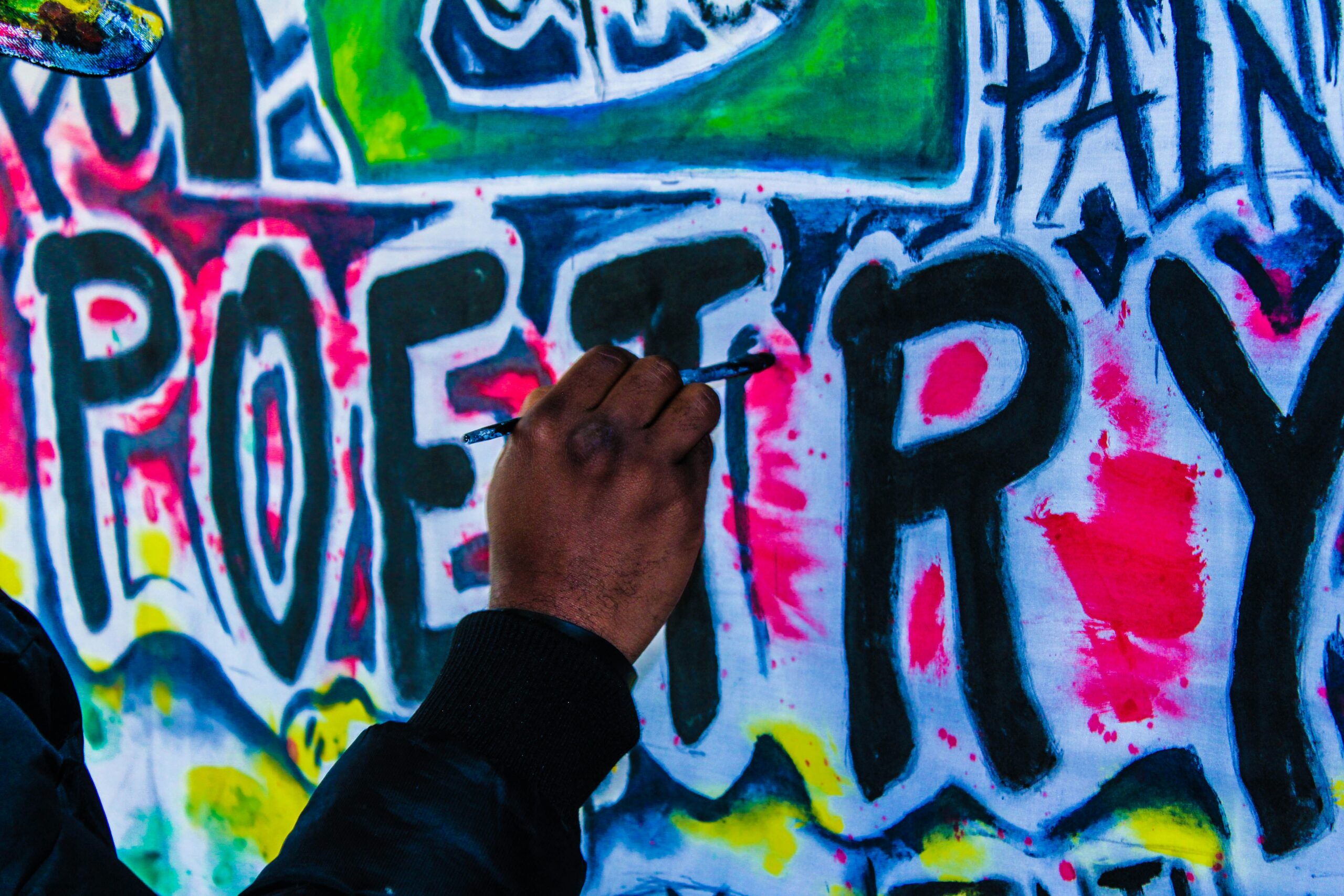By Ashley Brickner, Arts and Entertainment Editor
On March 20, the music department and department of languages, literatures and cultures held a poetry night to celebrate the United Nations Educational, Scientific and Cultural (UNESCO) World Poetry Day, which is observed on the 211. The event, entitled “When the Caged Bird Sings: Poetry and Songs of Exile and Captivity,” showcased a diverse collection of poems, excerpts and songs in their native languages with English translations. Numerous professors collaborated with students, helping them to recite their creative works in ten languages; Spanish, German, French, and Arabic were a few of the chosen dialects. Alongside Susquehanna students and staff, guests welcomed visiting professors and opera singers from other universities. The event also included a screening of visual art, which was selected by associate professor of art history, Izabel Galliera.
As the event’s title suggests, the selected works revolved around themes of exile, imprisonment, expulsion, and displacement. Each piece presented a unique perspective on the topic, yet the variety of creative work demonstrated the ubiquity of the above themes across numerous cultures. While each piece introduced captivating narratives concerning the author’s experience with imprisonment and exile, the final poem perfectly concluded the event. Martina Kolb, an associate professor of German studies, David Steinau, an associate professor of music and Jennifer Trost, whom is an opera singer and voice professor at Penn State University; they collaborated to recite the poem “Sympathy” by Laurence Dunbar. The poem repeats the phrase “I know what the caged bird feels!” at the beginning and end of each stanza. While Dunbar revised the line with each new stanza, the reader’s sympathy with the bird symbolizes the autonomy and freedom an oppressed agent desires.
The evening culminated with Amanda Russo Stante’s performance of Florence Price’s “Sympathy,” a song based on Dunbar’s poem. These two performances perfectly ended the event, enticing the audience to question the relationship between creativity and the visceral emotions arising from imprisonment and exile.
Alongside the musical performances and poetry readings, a collection of visual artworks encapsulated the event’s themes. One photograph displayed David Sprigg’s “The Logic of Control,” a piece composed of engraved glass sheets. Depicting the architectural design of the Panopticon, a prison structure created by Jeremy Bentham in the eighteenth century, Spriggs explores and questions the politics of surveillance.
A panoply of sketches by the artist Mark Loughney illustrated the severity of mass incarceration within the U.S. While incarcerated in Pennsylvania, Loughney sketched portraits of his fellow inmates, intending to give the portraits as gifts to family and friends. Yet, after lining up some 500 portraits on the wall, Loughney realized that his artistic endeavors may highlight the startling reality of mass incarceration.
Another series of artwork by Ronnie Goodman, a homeless artist who lived in San Fransisco, illustrated his experience while incarcerated in San Quentin. Goodman’s self-portraits, amongst other visual artworks displayed at Poetry Night, evoked salient questions regarding the experience of incarceration, displacement, and exile. Leaving the viewers to reconcile with the various perspectives highlighting what it meant to be imprisoned, the visual artwork complimented the poetry readings and musical performances.
The Poetry night beautifully presented themes of exile, imprisonment, and displacement in many creative formats. In honor of World Poetry Day, the two departments demonstrated the importance of innate human emotions within artistic endeavors. More importantly, by incorporating art from a copious number of cultures, the departments exemplified the universality of such emotions and experiences, which arguably may be the biggest takeaway.
























